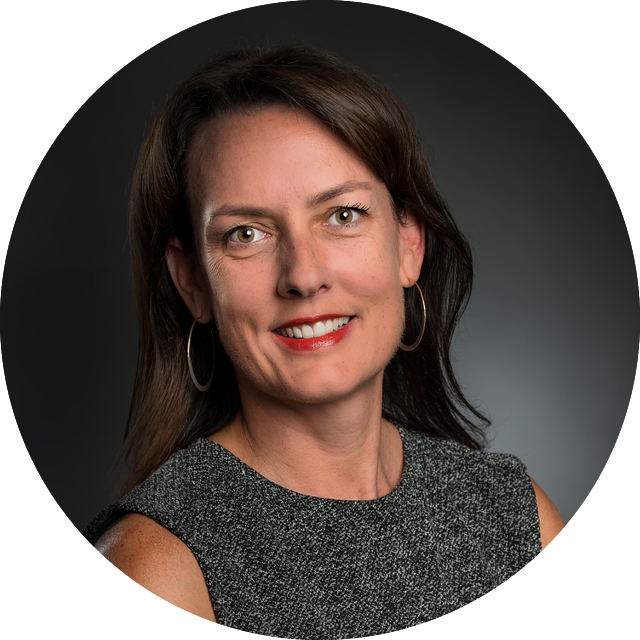To improve educational outcomes for Black and Latino students and students experiencing poverty, we know we need outstanding teachers in every classroom. And high-quality teacher preparation is critical to ensuring new educators are ready on day one. We have found teacher residencies to be a successful model of teacher preparation. But a challenge remains in that not all teacher candidates have access to the high-quality programming that residencies offer: often only a small percentage of a teacher preparation program’s candidates go through the residency model, while programs continue to maintain other, lower-quality pathways or program components. Exacerbating the problem of limited access to high-quality preparation is program affordability for candidates – the full-time clinical experience and coursework required for a residency can hinder a candidate’s ability to pursue other employment.
With the support of the Bill and Melinda Gates Foundation and in partnership with Education First, we have identified what we believe is needed for teacher residency programs to operate at scale. In this report, we suggest that focusing on scale—which we define as high-quality programming that is implemented with all candidates trained by a teacher preparation program—can help address teacher preparation’s challenge with inequitable access to high-quality programming. We recommend a series of strategies for how to scale teacher residencies and identify examples that can serve as models to inform other programs’ efforts to scale.



